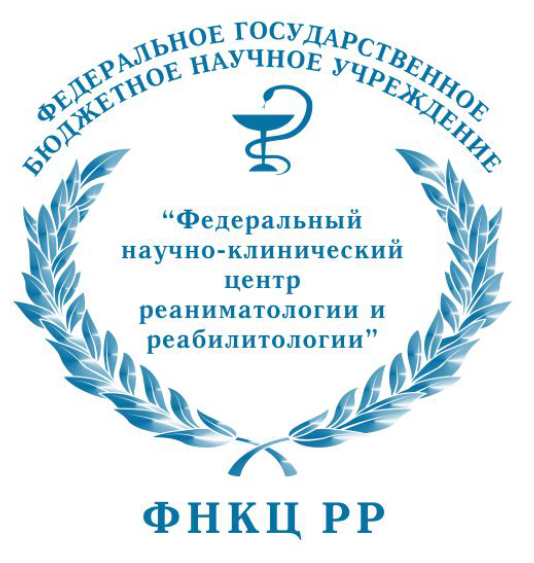
|
ИСТИНА |
Войти в систему Регистрация |
ФНКЦ РР |
||
SETDB1 fuels the lung cancer phenotype by modulating epigenome, 3D genome organization, and chromatin mechanical propertiesдоклад на конференции
- Авторы: Magnitov Mikhail D., Zakharova Vlada V., Del-Maestro Laurence, Ulianov Sergey V., Glentis Alexandros, Ulyanik Burhan, Williart Alice, Karpukhina Anna, Demidov Oleg, Joliot Veronique, Vassetzky Yegor S., Mège René-Marc, Piel Matthieu, Razin Sergey V., Ait-Si-Ali Slimane
- Международная Конференция (Симпозиум) : Higher-Order Chromatin Architecture in Time and Space
- Даты проведения конференции: 15-17 ноября 2021
- Дата доклада: 16 ноября 2021
- Тип доклада: Устный
- Докладчик: Magnitov Mikhail D.
- Место проведения: онлайн, США
-
Аннотация доклада:
Lung cancer is a complex disease, tightly coupled to both genetic and epigenetic alterations. H3K9 methylation plays a central role in its progression and is mostly regulated by SETDB1 lysine methyltransferase, which is amplified and overexpressed in lung cancer primary tumors and cell lines. In this work, we explored how SETDB1 is involved in gene regulation and nuclear organization in lung cancer cells. To this end, we generated a stable lung cancer cell line with the deletion of the catalytic domain of SETDB1 using the CRISPR/Cas9 system. Knockout of SETDB1 reduced proliferation and migration of cells and resulted in altered expression of the genes involved in cell-cell adhesion, proliferation and cell cycle, activating the epithelial gene expression program. Transcriptomic changes are accompanied by the deregulation of cancer-related enhancers and promotes genome-wide redistribution of heterochromatin marks. In particular, H3K9me3 was lost in the active regions and gained by SUV39H1-dependent mechanisms within lamina-associated domains, thus promoting changes in the genome compartmentalization and mechanical properties of the nucleus. Together, this leads to the reversed oncogenic potential of lung cancer cells. Our results demonstrate an essential role of chromatin architecture in oncogenic determination and establish a relationship between gene expression, epigenome, 3D genome and nuclear mechanics.
- Добавил в систему: Ульянов Сергей Владимирович